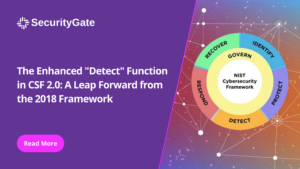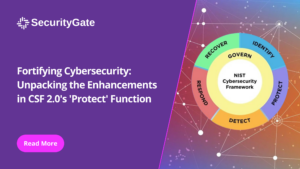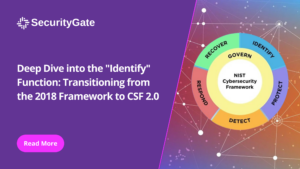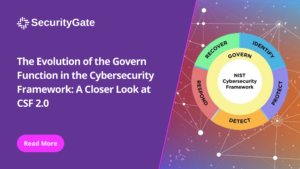In the latest edition of “Tea with C,” I took a deep dive into the Data Link Layer‘s complexities, shedding light on its critical role in the secure and efficient transmission of data across networks. My aim was to bridge the gap between the often-siloed realms of Operational Technology (OT) and Information Technology (IT), focusing on how essential protocols and cybersecurity measures are in maintaining the integrity of our digital communications.
The Role of Protocols in OT and IT
Protocols such as Modbus and Profibus are the lifelines of Operational Technology (OT) environments, facilitating seamless interactions within our industrial infrastructures. However, in today’s increasingly interconnected world, the significance of TCP/IP protocols cannot be overstated, especially as the traditional boundaries between OT and IT begin to blur. This convergence demands a robust understanding and implementation of secure protocols to ensure the integrity and security of network communications.
TCP/IP, the suite of protocols that underpins the internet and modern network communications, plays a crucial role in both OT and IT environments. While Modbus and Profibus are foundational to industrial operations, enabling critical machine-to-machine communication, TCP/IP ensures that these communications can be securely and efficiently extended across network boundaries. This is particularly relevant as industrial systems become more integrated with enterprise IT systems, requiring data to be transmitted securely over the Internet or through corporate networks.
Strategies for Securing the Data Link Layer
In my experience, securing this layer, especially amidst the sea of proprietary protocols in OT environments, demands a deliberate and nuanced approach. It’s a challenge I embrace, utilizing a range of tools and strategies to protect the network from potential threats.
- Network Segmentation: Implementing VLANs has been a game-changer, allowing me to divide an OT network into isolated segments. This not only enhances security but also facilitates better network management and performance.
- MAC Filtering: Acting much like a digital gatekeeper, MAC filtering ensures that only authorized devices can communicate within the network. It’s a simple yet effective measure to maintain network integrity.
- Adopting Secure Protocols: Moving towards or strengthening the use of secure industrial protocols has been a priority. Integrating security features such as encryption and authentication into these protocols is crucial for defending against cyber threats.
Looking Ahead
As we journey further into the cybersecurity landscape, it’s clear that securing our digital communications is not just a technical endeavor but a fundamental aspect of safeguarding our societal fabric. The strategies we deploy today are the foundation for a more secure tomorrow. I’m excited to continue this conversation, especially as we prepare to delve into the Network Layer in our upcoming session. We can deepen our understanding, refine our strategies, and build a more secure and resilient digital world.
I invite you to join me in this ongoing dialogue, sharing your insights, challenges, and successes as we navigate the complexities of cybersecurity together.






